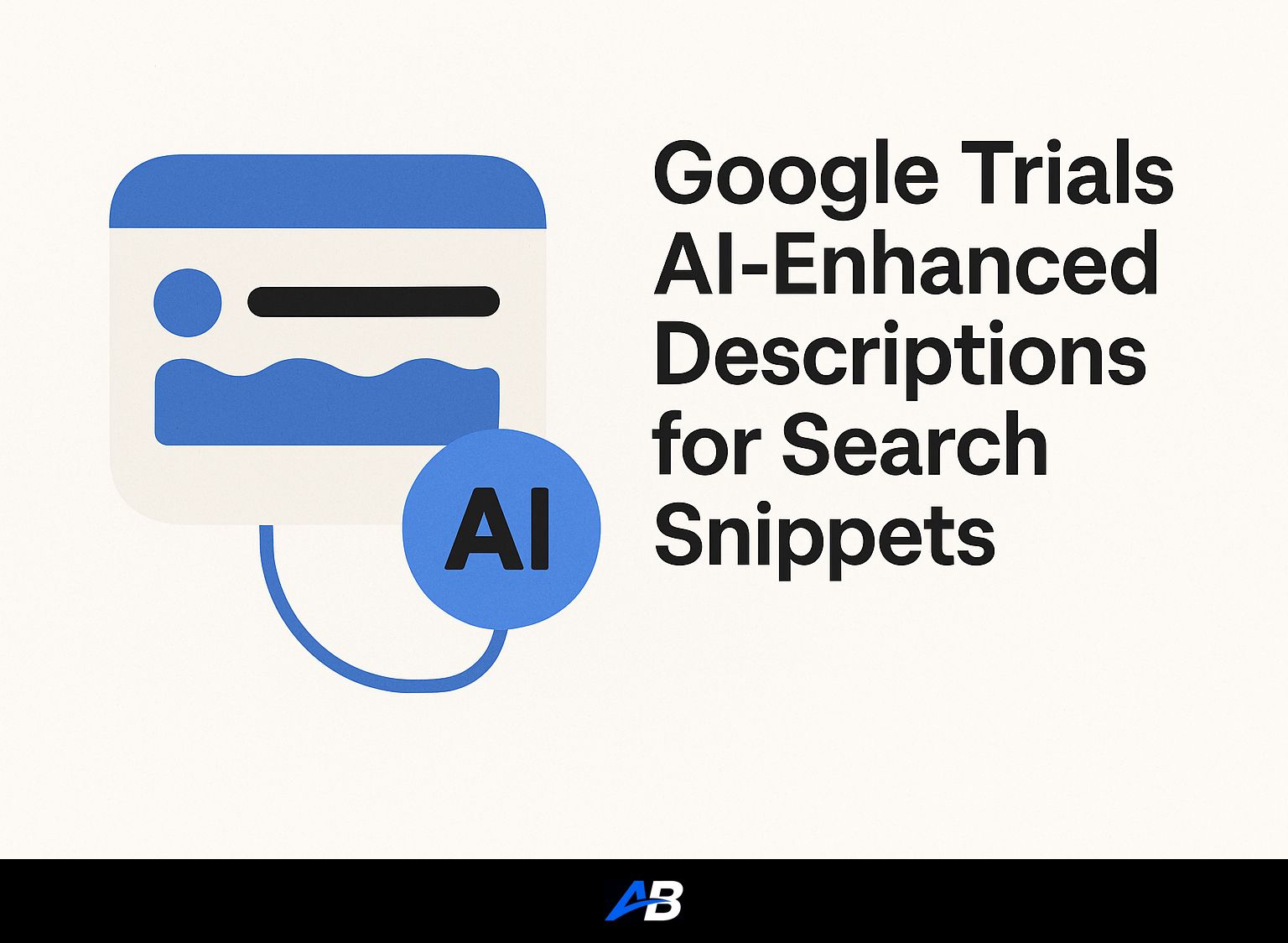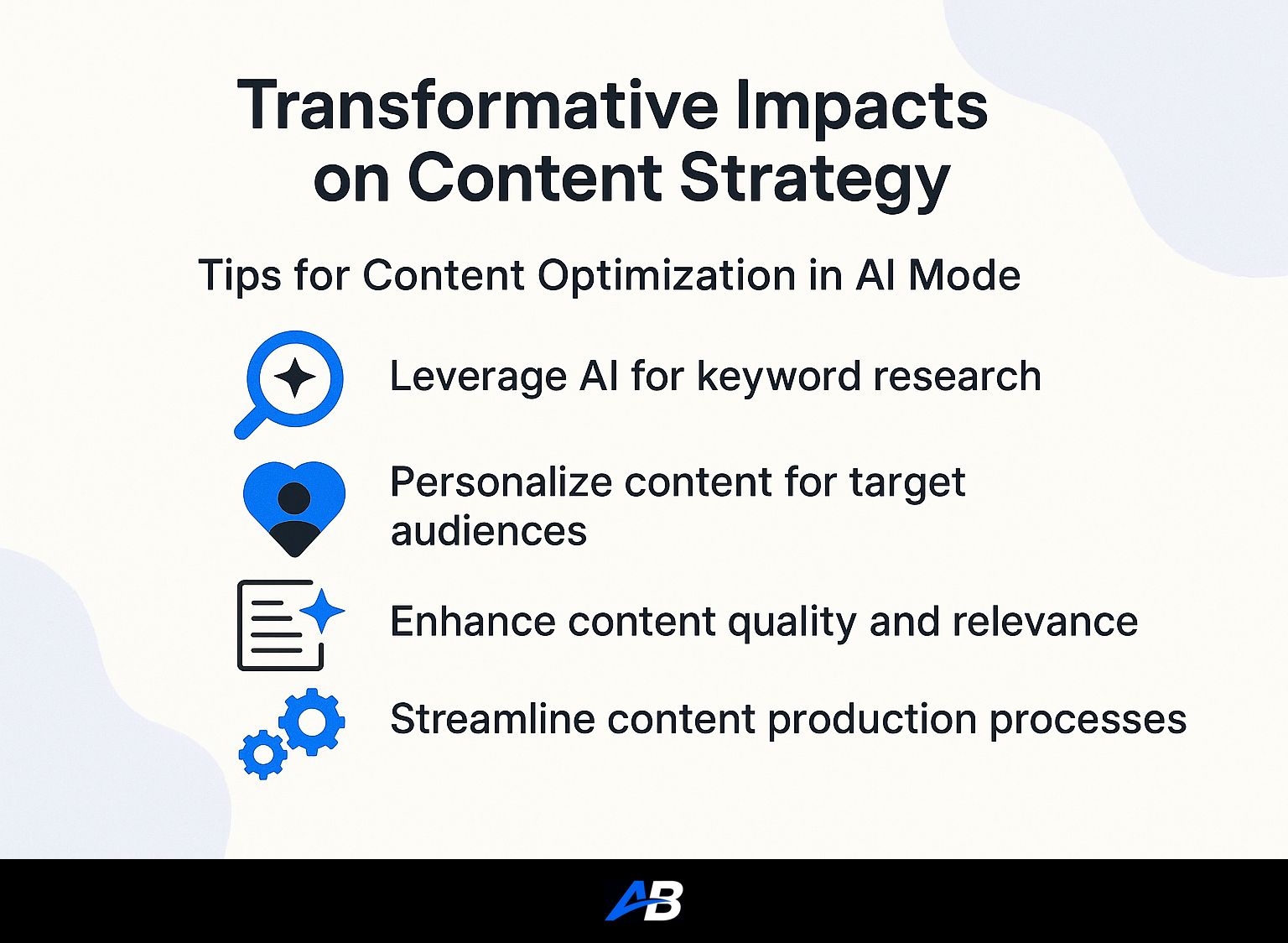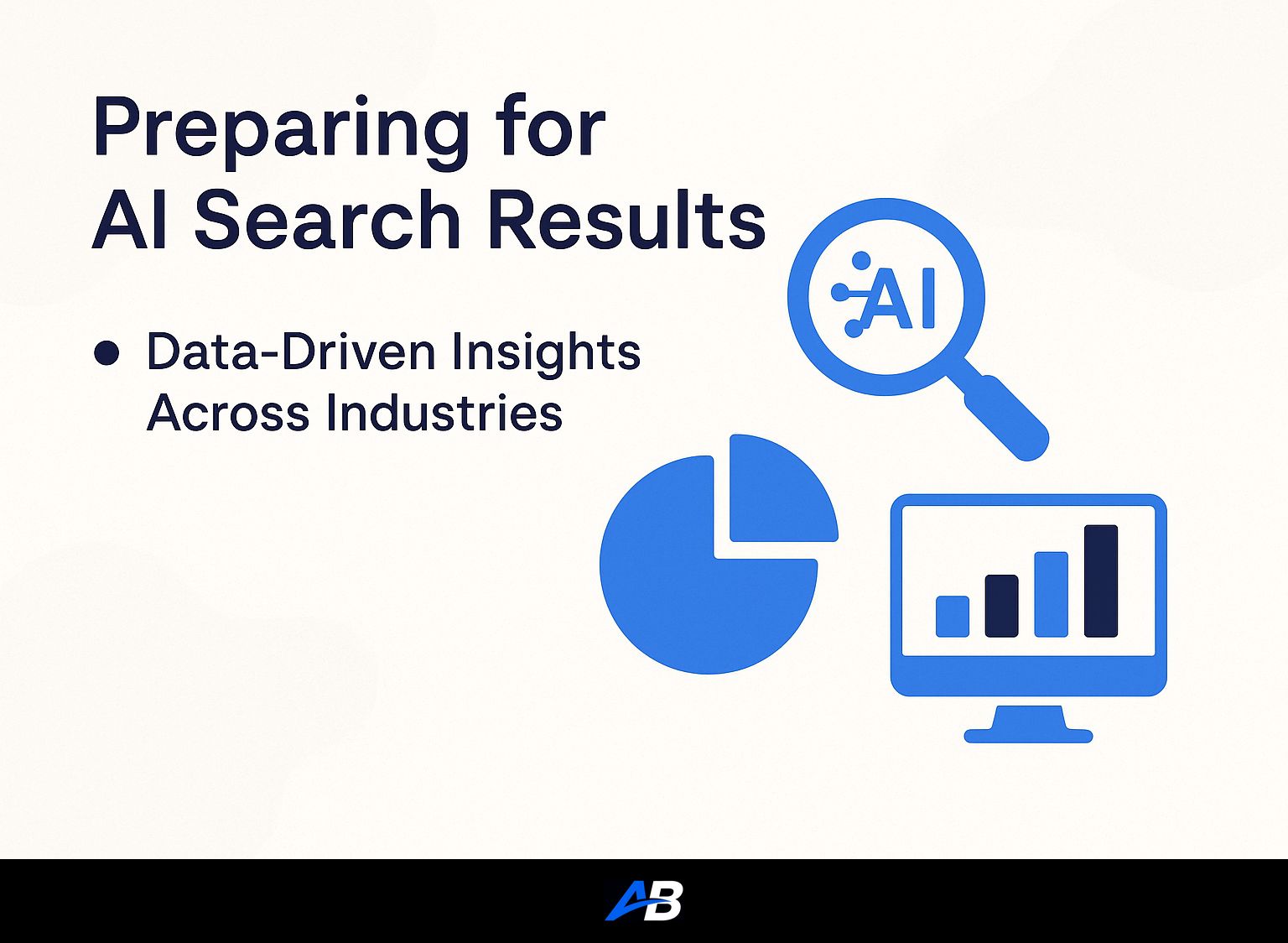In a groundbreaking move, Google is currently experimenting with AI-enhanced descriptions for search snippets to redefine the user search experience. This initiative, aimed at generating AI-created responses, could significantly impact how queries are answered and the visibility of websites in search results.
Contents
Short Summary:
- Google has introduced AI-enhanced search snippets to improve user engagement.
- The AI-generated summaries may alter click-through rates for websites.
- SEO strategies will need to evolve due to the changing landscape of search result rankings.
This new feature, referred to as AI Mode, has been in the pipeline since Google’s earlier experimental phases and is part of a broader strategy to integrate artificial intelligence into its search platform. Announced on May 20, 2025, AI Mode employs advanced algorithms to create descriptions that not only summarize web pages but also anticipate user queries by providing relevant follow-up questions and content.
“Our commitment remains to enhance the search experience, ensuring users receive the most accurate and relevant responses,” says a Google spokesperson.
AI Mode represents a departure from traditional search result displays. The system relies on a multimodal approach—merging various forms of content like text, images, and video to enrich the user experience. With the introduction of AI-enhanced descriptions, there are a few significant changes afoot:
- Enhanced User Engagement: The AI-generated snippets could lead to higher click-through rates (CTR) as users may find these summaries more engaging than standard meta descriptions.
- Data Diversity: Unlike previously single-source snippets, AI Mode often references multiple sources, offering users a broader scope of information.
- Impact on SEO: Traditional SEO practices may require an overhaul as the new AI-driven criteria for ranking come into play. Websites need to adapt their content strategy to stay competitive.
Understanding AI Enhanced Snippets
AI Mode’s implementation involves a sophisticated technology called FastSearch. This proprietary system enables Google to accelerate the retrieval of relevant content while grounding its AI responses in factual data gathered from well-indexed web pages. As noted in recent reports, Google has adopted this innovative approach to enhance its search functionalities, making search results more pertinent to user queries.
“With FastSearch, our goal is speed and relevance, allowing us to deliver results quickly while maintaining the integrity of information provided,” elaborated another company official.
The Query Fan-Out Technique
One of the groundbreaking techniques introduced by AI Mode is what is referred to as the Query Fan-Out. This method effectively breaks down user queries into discrete yet interconnected topics. For instance, a simple query asking, “What is digital marketing?” may trigger follow-up suggestions like:
- What are the fundamental principles of digital marketing?
- How can small businesses utilize digital marketing?
- What are the metrics that define the success of digital marketing?
This layered querying enables users to dive deeper into topics of interest, fostering a more engaging interaction with the search engine. The more granular approach to search queries could challenge SEOs on how they optimize their content. Should they target broad terms or focus on long-tail keywords that might arise from user queries? Most SEO professionals today are inclined to do both.
Transformative Impacts on Content Strategy
For SEO professionals and content creators, the advent of AI Enhanced Descriptions necessitates a critical evaluation of content strategy. Google encourages publishers to produce rich, comprehensive content tailored to user inquiries. As per SEO expert Duane Forrester, former Bing Search manager:
“In the age of AI Mode, your goal is no longer to solely rank; it’s about ensuring your content is retrieved and presented in a format that engages users effectively.”
Tips for Content Optimization in AI Mode
To optimize content for AI Mode and enjoy the benefits of appearing in AI Enhanced Descriptions, certain strategies can be effective:
- Create Structured Content: Organize content with headers, bullet points, and succinct paragraphs that clearly articulate ideas.
- Focus on Multimodal Content: Incorporate images, videos, and audio elements. As AI Mode embraces multimodal search, diverse content types become crucial.
- Enhance User Experience: Ensure your website is mobile-friendly and provides optimal loading speeds.
- Leverage Structured Data: Implement schema markup to help search engines understand your content’s context effectively.
The Attribution Dilemma
With major adjustments expected in search patterns due to AI-generated responses, a central concern among SEOs is the issue of attribution. Notably, the drastic shift indicates a move towards what can be termed as a post-attribution era. In simpler terms, the reliance on direct click-through data may diminish as users engage with AI-generated summaries instead of traditional search results.
“We may witness a resurgence of pre-internet marketing strategies focusing on brand presence and user resonance, as the tracking nature of clicks fades,” commented Mordy Oberstein, founder of Unify Marketing.
SEO Eligibility in AI Mode
Google has clarified that while SEO best practices are essential for being eligible to show up in AI Mode, they do not guarantee a ranking. The traditional SEO practices to ensure eligibility align largely with the fundamentals of a functioning website:
- Making sure Googlebot can access content.
- Ensuring your page returns an HTTP 200 status code.
- Providing quality indexable content.
However, it’s crucial to recognize that the signals determining actual rankings within AI Mode may differ from those leveraged in organic search. Understanding these nuances will become vital as Google continues to adapt its algorithms to meet user expectations.
Preparing for AI Search Results
As such, it’s general sense that websites should aim for multichannel visibility on Google. This involves die-hard efforts on SEO, combining great content with strong social media presence and engaging video content. Integrating these factors can offer a higher chance of being featured in AI-enhanced descriptions. Looking at how industries adapt can be insightful as they tackle these early trends.
Data-Driven Insights Across Industries
An analysis of over 18 million UK websites recently illustrated a strong correlation between AI Overviews and certain industries seeing increased traffic rather than a reduction. The key findings were:
- Higher Click-Through Rates: AI Overviews can lead to better CTR stats compared to featured snippets.
- Source Diversity: AI Overviews cite an average of five to six sources, driving users to explore additional information.
- Selective Indexing: Only 274,000 domains are featured in AI Overviews out of 18 million indexed sites, emphasizing the competitive nature of this space.
Therefore, even though SEO practices will continue to play a vital role, the strategies are changing, and adaptability is now more demanded than ever. Higher-quality content that resonates with user needs will prove vital for any site hoping to make its mark in this new paradigm.
Final Thoughts
The evolving search landscape, shaped by AI-enhanced snippets, undoubtedly presents challenges and opportunities for businesses and content creators alike. The time is now for SEO professionals to align their strategies with the new focus on user engagement and quality interaction rather than mere click attribution.
As we move forward into this new era, embracing AI-driven developments may redefine what it means to be successful in online visibility. For those interested in keeping their edge sharp, a sustainable and innovative approach through platforms like Autoblogging.ai can be a game-changer in optimizing content for a future dominated by AI-enhanced search.
Do you need SEO Optimized AI Articles?
Autoblogging.ai is built by SEOs, for SEOs!
Get 30 article credits!





